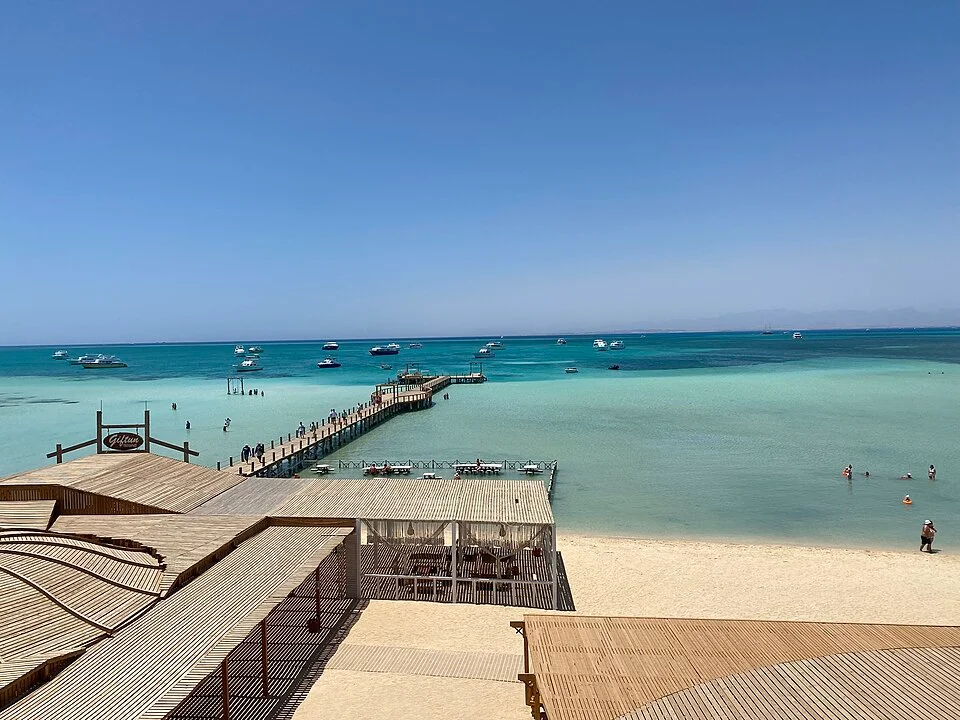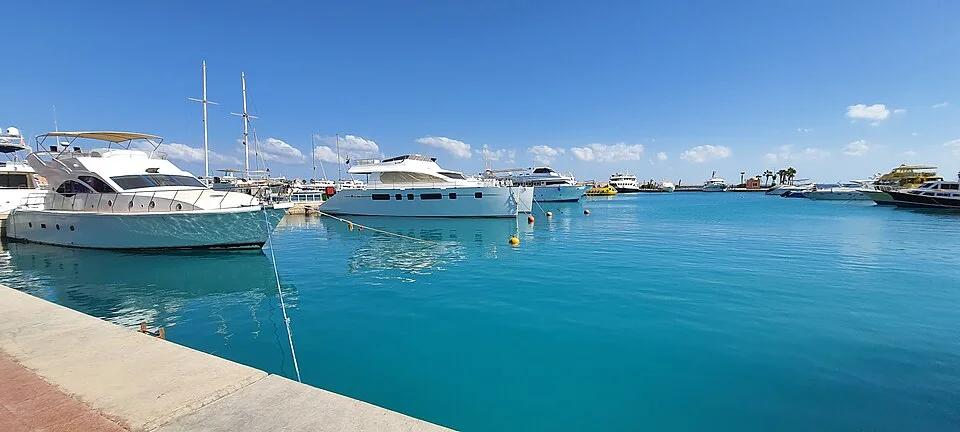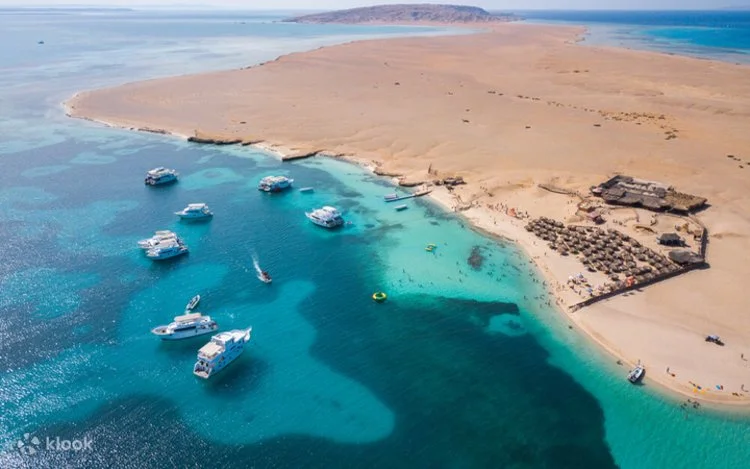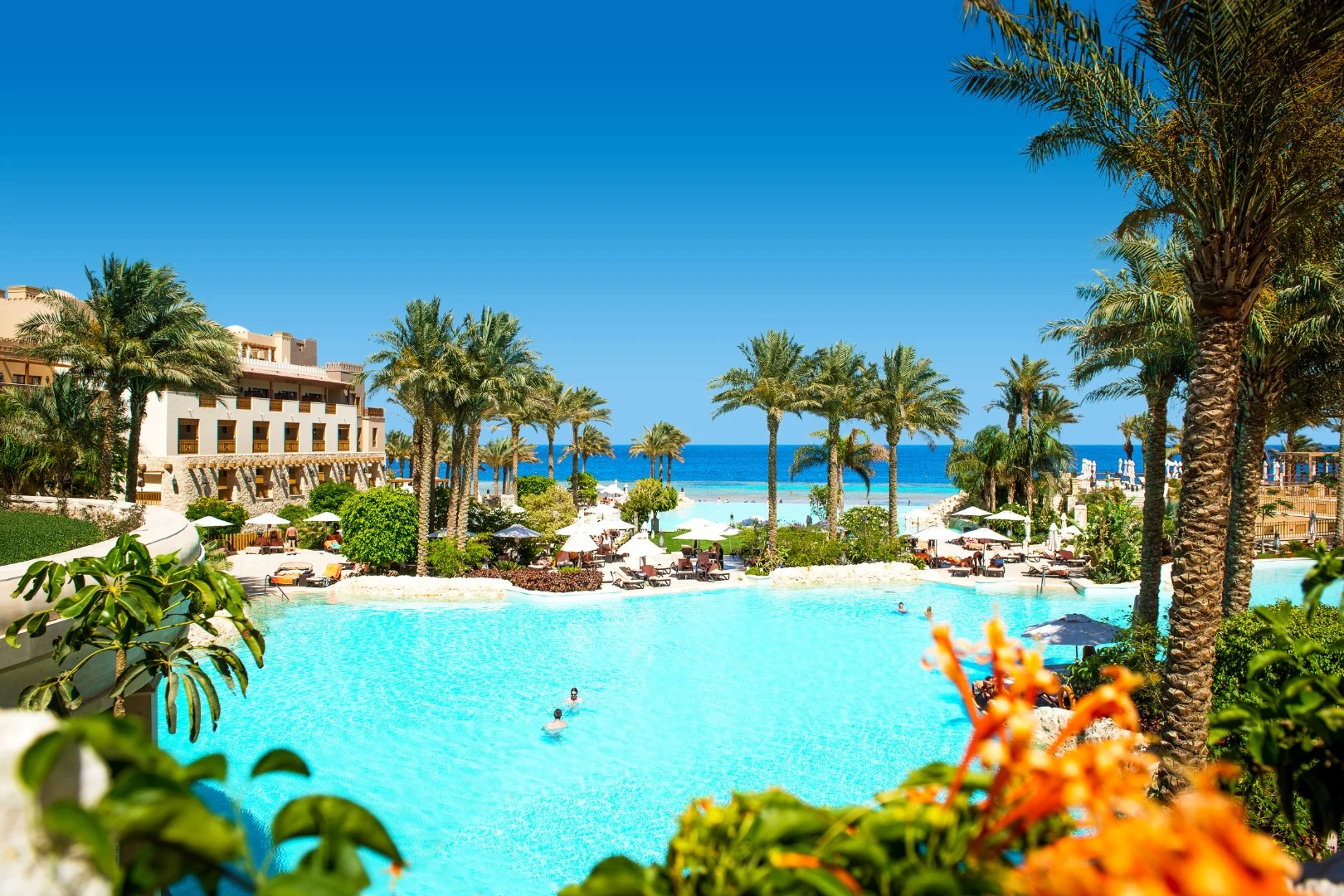Best Islands Near Hurghada: Sandbar Days, Shallow Reefs
Quick Summary: Classic Red Sea island days mean turquoise shallows, soft sandbars, and easy snorkeling on patch reefs 2–8 meters deep. Expect 40–60 minute boat rides, 20–30 meter visibility, and water temps from 22–24°C in winter to 28–30°C in August. Ideal for first-timers, families, and relaxed photographers.

At 9 a.m., the hum of engines fades and the water turns impossibly clear. Your captain noses toward a strip of white sand that seems to float on the sea. This is why travelers come to the islands off Hurghada: slow hours of sun and salt, snorkeling over bright bommies, a grilled lunch, then a lazy ride home with a Red Sea breeze on your face.
What Makes This Experience Unique
The islands here are ringed by broad, shallow lagoons that warm quickly and glow neon in late-morning light. Reefs start almost at the shoreline, so even non-swimmers can wade in with a mask and watch sergeant majors and butterflyfish flit over corals. Visibility often sits at 20–30 meters, so everything looks high definition and close.
Where to Do It (Multiple Locations)
Most boats aim for the Giftun Islands, a protected cluster with soft beaches and calm, snorkel-friendly reefs. On the western side, Orange Bay is the classic sandbar scene—broad shallows, chill loungers, and easy access to coral patches. Mahmya Beach floats on the southern rim of Big Giftun, with a laid-back beach club vibe and guided snorkel drops. Nearby Paradise Island feels more pared-back, focusing on reef time rather than facilities.

North of town, Magawish’s low sand islets feel wilder and see fewer crowds. South toward Safaga, Utopia Island sits in glassy water with coral heads rising from 3–6 meters—great for families and first-time snorkelers. Divers sometimes tack on a nearby second dive at Tobia Arbaa’s pinnacles, while snorkelers drift above the top reef in calm conditions.
Best Time / Conditions
Island trips run year-round. Summer brings 28–30°C water and gentle seas early, though afternoon chop can build with the northerlies. Winter offers crisp visibility and 22–24°C water; bring a 3–5 mm suit for long snorkels. Winds peak May–September; captains pick lee sides to keep entries easy. Early departures beat both crowds and midday glare.

What to Expect (Practical Details)
Boats leave Hurghada Marina or New Marina around 8:30–9:00 a.m. It is usually 40–60 minutes to the islands, depending on sea state and route. Most trips include two snorkel stops (2–8 meters), a beach window, lunch, soft drinks, and marine-park fees collected on board. Bring reef-safe sunscreen, a hat, and a light rash guard to skip greasy lotions.
Reputable operators such as Emperor Divers Hurghada, Blue Paradise Dive Center, and Mahmya Beach run guided water entries, provide life vests, and brief guests on coral etiquette. In 2025, many boats have added filtered water stations and switched to reusable cups to reduce single-use plastics, so pack a refillable bottle.
Who This Is For
These islands are perfect for families, new snorkelers, and travelers who want the Red Sea without depth or drift. Photographers love the luminous sandbars and sunlit reefs. Certified divers often join mixed boats for a shallow check-dive, while serious divers may prefer dedicated reef trips or liveaboards and keep island days for companions.
Booking & Logistics
Base yourself in central Hurghada for the most daily departures and quick marina access. If you are staying near Safaga, Utopia Island and Tobia Arbaa are closer, with shorter transfers and mellow seas in the Soma Bay lee. Peak holiday weeks in 2025–2026 fill fast—reserve 24–48 hours ahead, especially for beach-club access at Orange Bay or Mahmya.

Sustainable Practices
Follow your guide and use fins gently. Never stand on coral or touch marine life. Choose zinc-based, reef-safe sunscreen or wear a rash guard. Boats should use mooring buoys, not anchors, on reefs; ask your operator about their policy and waste management. Take all trash back to the boat, and skip fish feeding to keep behavior natural.
FAQs
How do Orange Bay, Mahmya, and Paradise Island differ?
Orange Bay offers the broadest sandbar and the most “beach club” facilities. Mahmya feels slightly quieter and focuses on relaxed service with guided snorkels. Paradise Island is simpler, with more time in the water and fewer built structures. All sit within the Giftun archipelago and deliver easy snorkeling in shallow, clear water.
Is this suitable for kids and non-swimmers?
Yes. The lagoons are shallow and generally protected. Boats carry life vests and often offer guided, hand-held drifts along the reef edge. Morning departures are calmer for nervous swimmers. In winter, add a shorty wetsuit for warmth. Sandbar time between snorkels helps kids reset before the second stop.
Will I see dolphins?
You might, but never count on it. Bottlenose and spinner dolphins transit the same waters, especially around reef drop-offs, yet encounters are not guaranteed. If dolphins appear, guides will set protocols to keep distance and avoid chasing. The best plan is to enjoy the reef and consider dolphins a bonus, not a promise.
Island days near Hurghada slow the pace and sharpen the colors of the Red Sea. Plan a sandbar morning, a coral garden snorkel, and a sunset return—then browse curated island excursions or combine with beginner-friendly snorkeling and diving tours to round out your coastal week.




